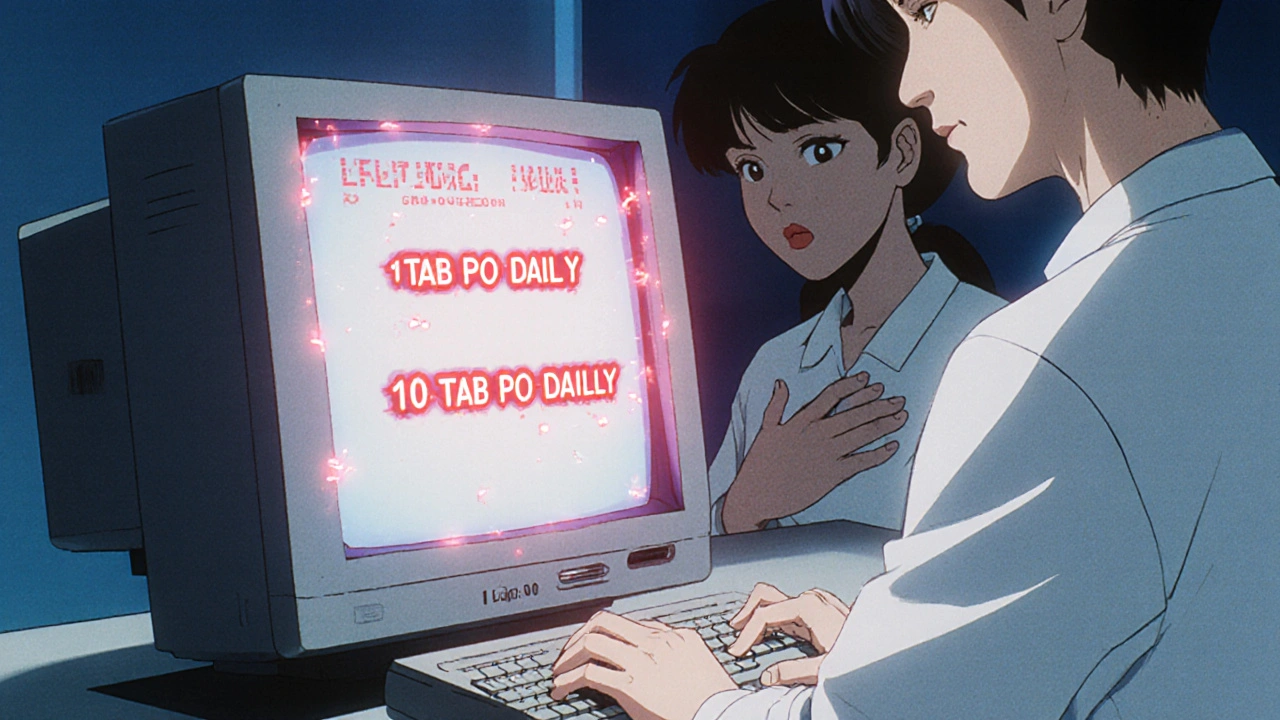Electronic Prescriptions: How Digital Scripts Are Changing US Healthcare
When your doctor sends your prescription straight to the pharmacy electronic prescriptions, a secure digital system that replaces handwritten or faxed paper scripts. Also known as e-prescribing, it’s now the standard in most US clinics and hospitals. No more lost slips, smudged handwriting, or trips back to the doctor’s office just to fix a typo. This isn’t just convenience—it’s a major upgrade in safety and efficiency.
Behind every electronic prescription, a digital message sent from a provider’s system to a pharmacy’s system. Also known as e-prescribing, it’s now the standard in most US clinics and hospitals. is a network connecting your doctor’s EHR, electronic health record system used by clinics to store patient data, your pharmacy’s pharmacy systems, software platforms that receive, fill, and track prescriptions digitally, and sometimes your insurance. These systems check for allergies, duplicate meds, and dangerous interactions before the script even leaves the doctor’s computer. That’s why you rarely get the wrong dose anymore—even if your doctor typed it at 2 a.m.
It’s not just about avoiding mistakes. Electronic prescriptions cut down on fraud. Paper scripts can be stolen, altered, or forged—especially for controlled substances like opioids or ADHD meds. Digital ones can’t be copied or tampered with. They include unique codes, timestamps, and digital signatures. If a pharmacy gets a suspicious script, the system flags it automatically. This is why states like New York and California now require e-prescribing for all controlled substances.
As a patient, you benefit in quiet but powerful ways. No more calling the pharmacy to ask if they got your script. No more waiting 20 minutes because the pharmacist had to call your doctor to clarify the dosage. You show up, your name pops up, and your med is ready. Even refills are smoother—many systems auto-send renewal requests to your doctor, who approves them with a click. If you’re on multiple meds, your pharmacist can see everything you’re taking, not just what’s on one slip of paper.
But it’s not perfect. Sometimes the systems don’t talk to each other. Your primary care doctor might use one platform, your specialist another, and your pharmacy a third. That’s when delays happen. Or if your insurance changes, the system might reject the script until someone updates the info. That’s when you still need to call—just not as often as before.
What you’ll find in the posts below are real stories and facts about how digital scripts fit into the bigger picture of medication safety. You’ll learn how they connect to things like drug interactions, storage mistakes, and even how generics are tested. This isn’t just tech talk—it’s about how your pills get to you, and why that process matters more than you think.

